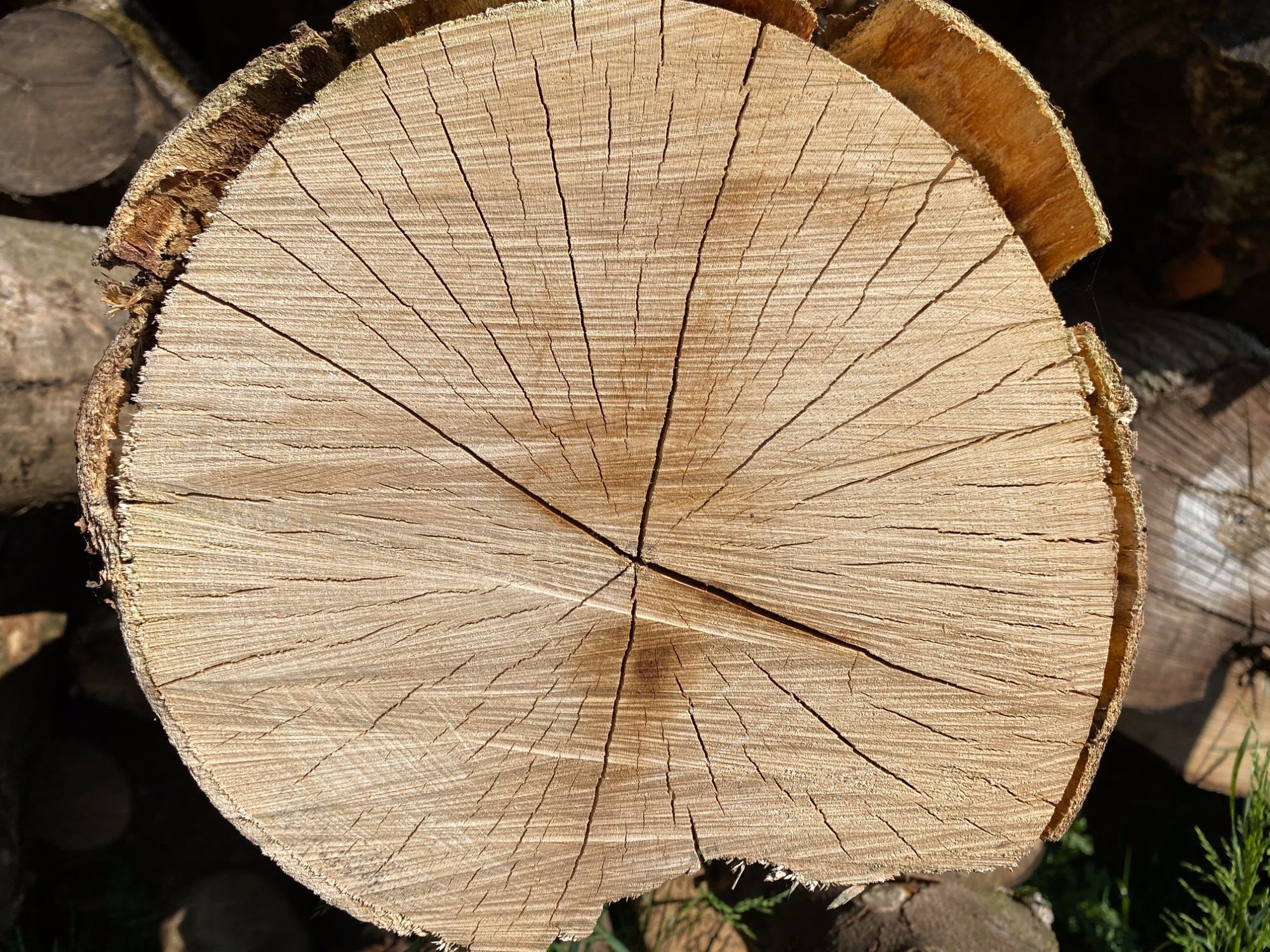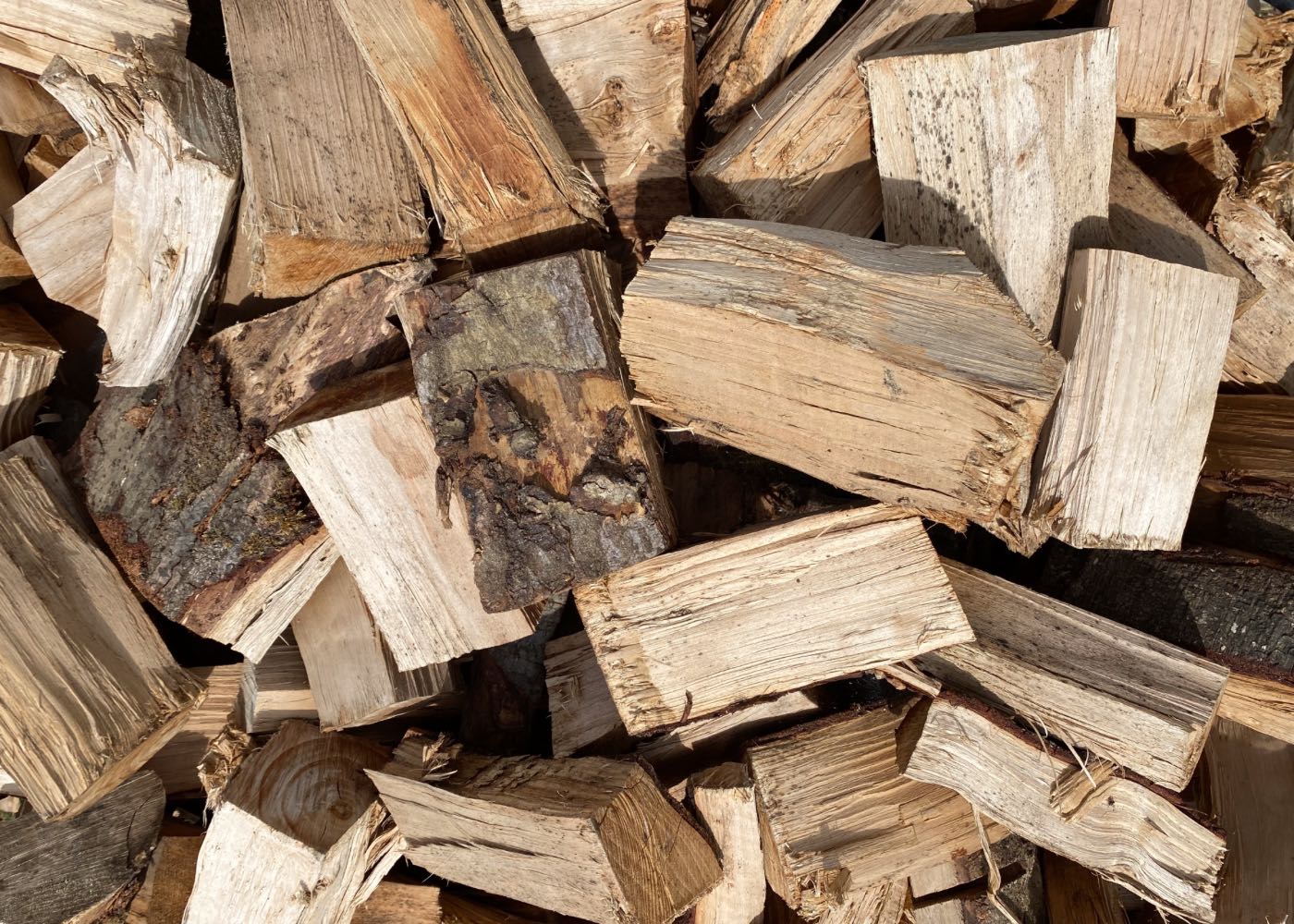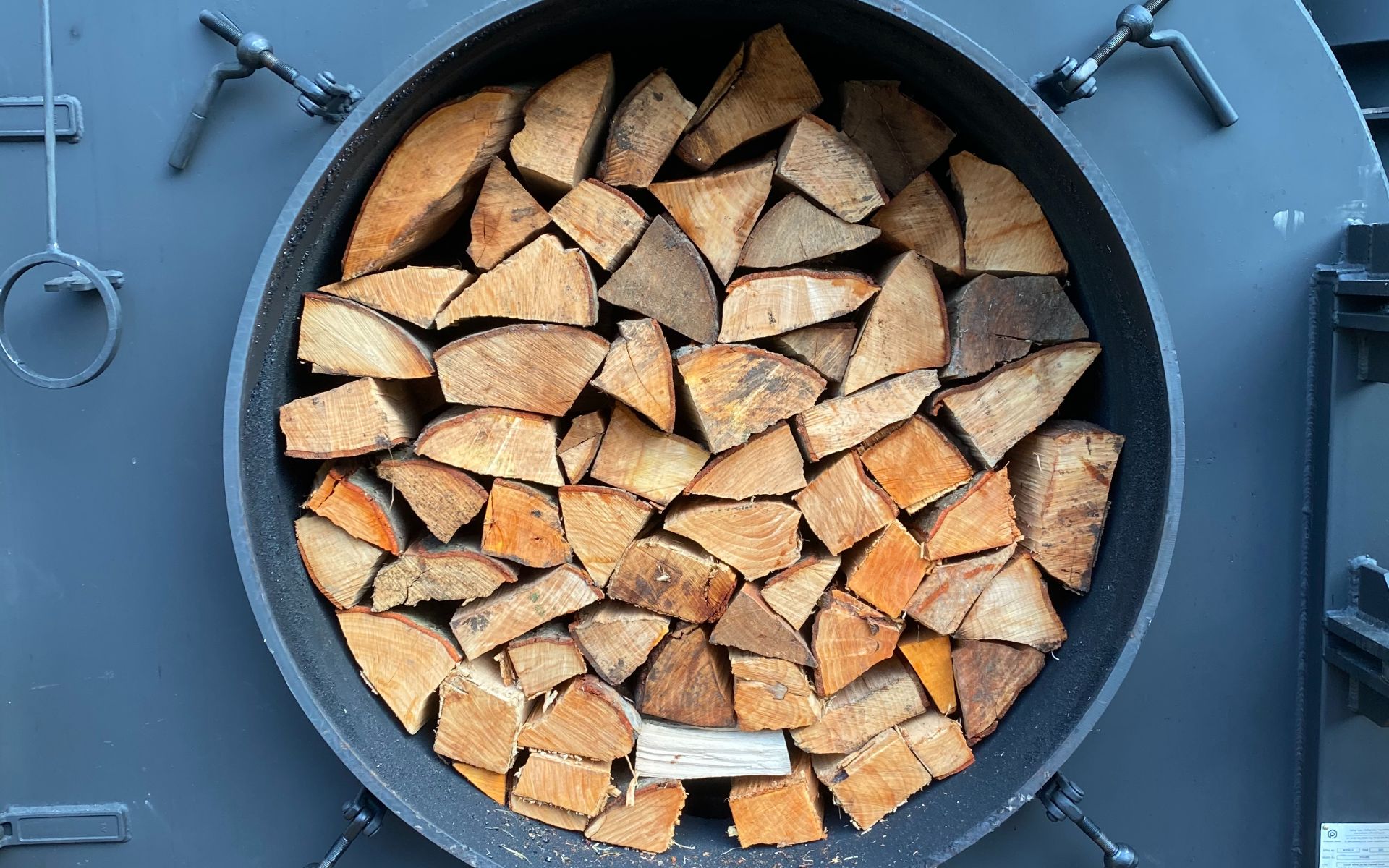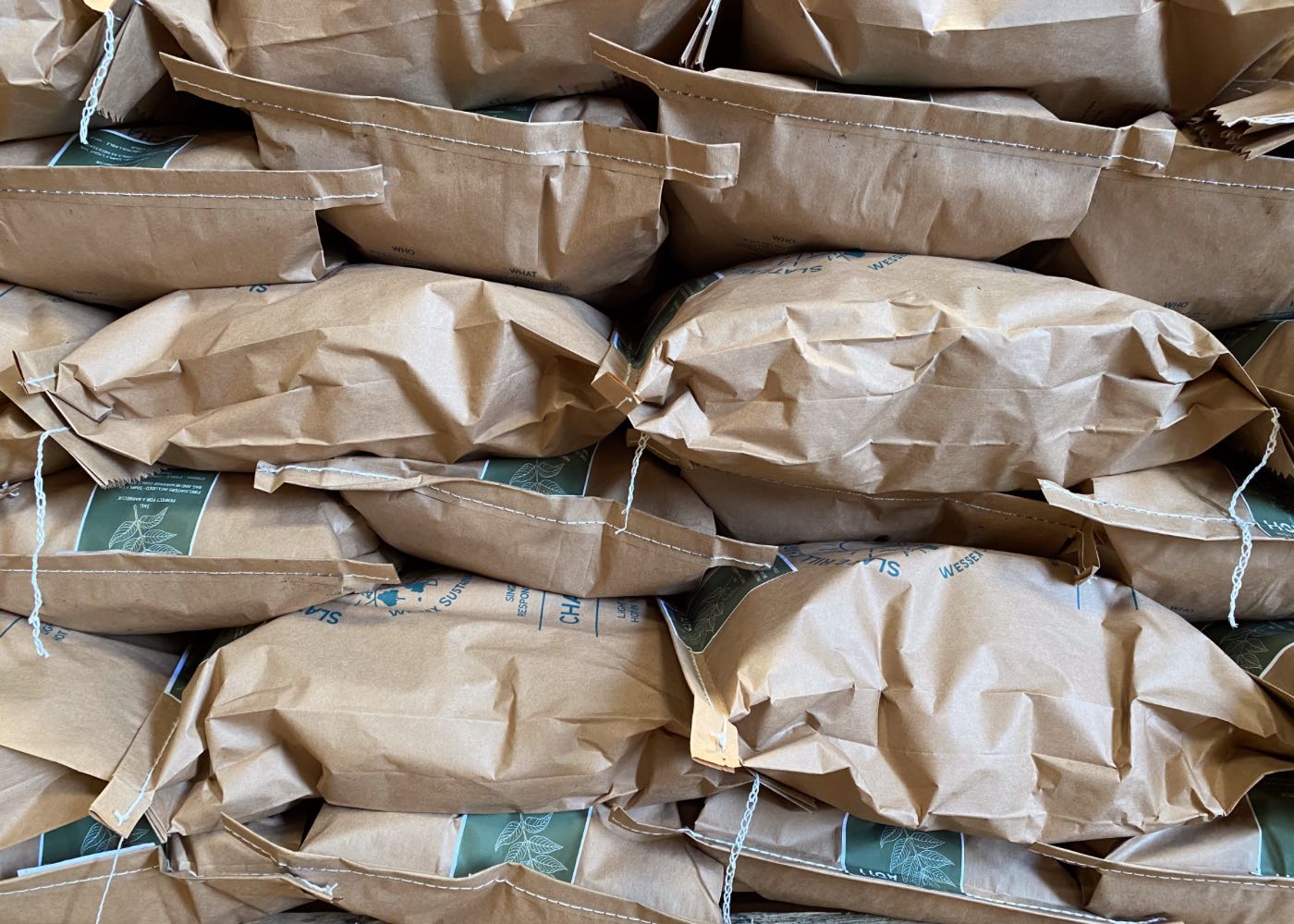How Do You Make Charcoal?
Charcoal has been used as a fuel for thousands of years. Combining many of the energy properties of wood, but in a lightweight, cleaner burning package, means that it is a versatile form of heat and flavour for millions around the world even today. In the UK we have developed ever more convenient ways of cooking our food such as gas or electricity, but these take a huge toll on our planet and reduce the contribution your fuel makes to the flavour of your food.
Wood sourced in the UK is largely a renewable resource. Trees are re-planted, coppices managed and biodiversity that thrives on the variation of habitats within woodland benefits. The way that barbecue charcoal is produced can also have an impact on the environment, and produce varying qualities of fuel at the end of it. We want to show you how we make our charcoal here at Slate Hill, from woodland to bag and everything in between, so there is no ambiguity over the origins or quality of our product. If you’re ever in the area, pop in, and we’d love to show you in person.
- The Wood
It all starts with the wood. This is our primary and only ingredient in our lumpwood charcoal, and how we source it sets the standard for the sustainability and quality of our product. Forests and woodlands are the primary habitat of nature on our planet and how they are managed affects both our quality of life and that of countless other species. Production of soil and oxygen, improvements in water and air quality and habitats for diverse and delicate ecosystems are all provided by healthy woodland populations.
Around the world, woodlands and forests are seen as a resource to be exploited, or hindrance to development of land in an era where the human population is increasing exponentially. It may seem hypocritical for a company that uses the raw material of timber to be commenting on the benefits of woodland cover, however the fact is that unless forests and woodland serve a use they are more likely to fall into decline. In the UK we have reached a point where woodland coverage is increasing, having more than doubled in the last 100 years according to the Woodland Trust. This is largely due to the regulated nature of woodland in the UK where trees are not allowed to be felled without a considered management plan. That’s why at Slate Hill Charcoal Co. we only use sustainable UK sourced wood, from as locally as possible.

2. Seasoning
Seasoning is the process of ageing and drying out freshly felled wood. A standing tree can have a moisture content of 70% depending on the species and time of year, and this can greatly affect how the timber converts to charcoal. The most natural way of reducing this moisture content is through exposure to the elements and the passage of time. We generally aim for a moisture of 20%, and the time that it takes to reach this can be anywhere from 6 months to 2 years.

3. Splitting
Splitting the raw timber down into manageable sized pieces not only makes it easier to handle, but also increase the surface area of the wood therefore aiding with the seasoning process. The size of the pieces will dictate how long the timber takes to convert to charcoal, as although wood is porous, the volatile gases and tars that are trapped inside will have further to travel when heated in the retort. We use a self-powered hydraulic splitter that can cope with very large pieces of wood, allowing us to take advantage of a wider range of timber dimensions that may be considered undesirable by many firewood processors.

4. Loading the Retort
Our Pressvess charcoal retort uses two charge drums to contain the wood that we wish to convert to charcoal. These are constructed from 15mm thick boiler plate due to the high temperatures involved, and measure 1m diameter by 1.9m long. We loosely fill the rear of the chambers, and build a wall of blocks at the front so that we can take full advantage of the space. The air gaps around the loosely filled blocks help with the flow of gases and heat within the chambers. Generally speaking we can fit about 350kg of split timber in either charge drum.
5. The Burn
Once the chambers are loaded and sealed, the retort is heated by burning wood in the central firebox. The wood that we burn here is generally waste wood that would otherwise end up in landfill, or being burnt for no use. Pallets, offcuts and chips as well as wood that has served its purpose such as old fencing, provides us with enough energy to heat the retort to temperatures of around 300°C, depending on the wood species and moisture that we are converting.
High temperatures are thermally destructive to the wood in the chambers. The structures start to break down, expelling moisture, oils and flammable gases such as hydrogen and methane. The process of pyrolysis, where the wood is heated in an oxygen limited environment, means that it is never in contact with a direct flame, and the gases do not catch alight in the chamber itself. Think of it like cooking, rather than burning. In our retort, the volatile gases are piped back into the firebox, where they are burnt to further fuel the process until the temperatures in the drums reach upwards of 500°C.
The self-sustaining process is kept at high temperature until the gases are completely burnt off, indicating that the wood has fully undergone the conversion process, and is now around 90% carbon.
6. Emptying the Retort
Once the charcoal has cooled to below 40°C, it is safe to empty the retort. Introducing oxygen by opening the door when the internal temperature is above this can lead to the charcoal combusting and the whole batch going up in smoke! As the door is opened you can see the brilliant colours of the wood oils and natural patterns of the medullary rays and grain of the wood. The emptying process is as simple as dragging the charcoal out of the drum using a rake, and storing it in the open for 24 hours until any risk of combustion has passed.
7. Grading and Bagging
In order to remove any dust and small pieces of charcoal we grade everything over a 25mm round hole mesh. This results in two products, our high quality barbecue charcoal, and our sustainable biochar; a highly porous, high carbon, high surface area material that has a number of uses. Once graded further these could include fireworks, cosmetics, soil improvers or animal feed.
Our 2 ply brown kraft paper bags are strong enough to carry our barbecue charcoal, whilst not using excessive amounts of packaging. These are stitched to prevent any dust produced in transit from escaping, and stored ready for purchase in our online charcoal shop, in person or through our stockists.
Learn more about our single species Ash charcoal or Alder Charcoal.
